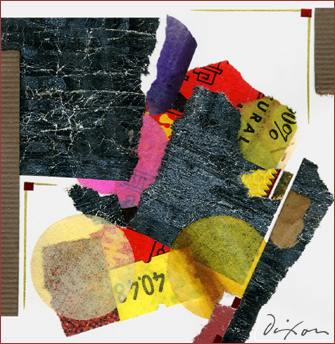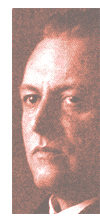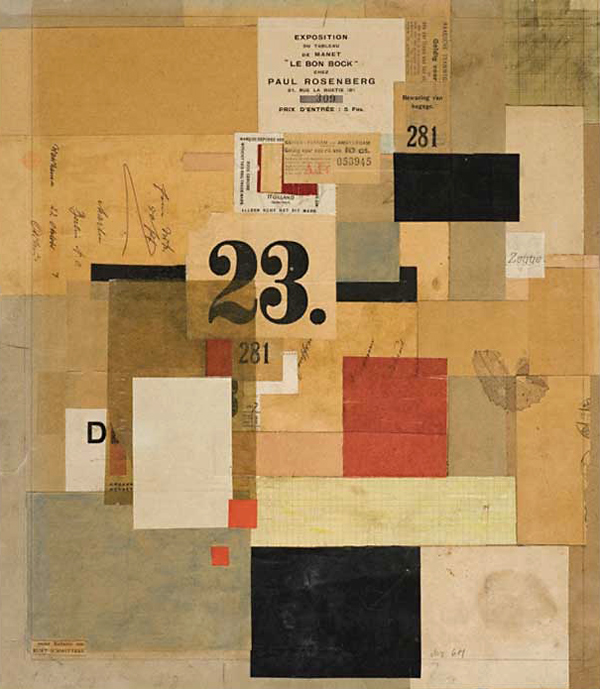“Success is the sum of small efforts, repeated day in and day out.”
— Robert Collier
“Sometimes when I consider what tremendous consequences come from little things … I am tempted to think … there are no little things.”
— Ralph Waldo Emerson
As much as I realize how vital it is to study and experiment without preconceived visual notions or tangential aims, it is a rare thing for me to produce a collage without some underlying motivation, whether it be an eventual offer to sell or a simple desire to display the work through social networks or a site such as this. It is, however, important to devise, apart from distracting intentions, some ongoing method of keeping one’s rhythm of composing material for its own sake, in order to reveal and sustain a process of pure discovery. It is not as though some artists are better at this than others. I see it more as a matter of momentum.
Perhaps musicians are more attuned to this, although it is always foolhardy to generalize. They seem to possess an innate understanding of and appreciation for distinct activities— creating, practicing, jamming, performing —that derive from a more collaborative tradition than the visual arts. I admire artists who don’t have to trick themselves into engaging in strictly private, personally unique investigations. To develop and internalize this kind of work ethic— to be able to honestly tell oneself that nobody ever needs to see the product, that it never needs to be held up to evaluation or approval —is one of the most valuable qualities an artist can achieve. This involves resisting the desire to immediately display our incremental output. It means creating a framework we can use for real exploration, and, in the words of John Willenbecher, “try things out, put things down safe from importance and finality.” There is often a fine line between true worth and mere preciousness. Artists who have refined their creative process know the difference.
Blog Jam
collage miniature by J A Dixon
3 x 3 inches, not for sale



